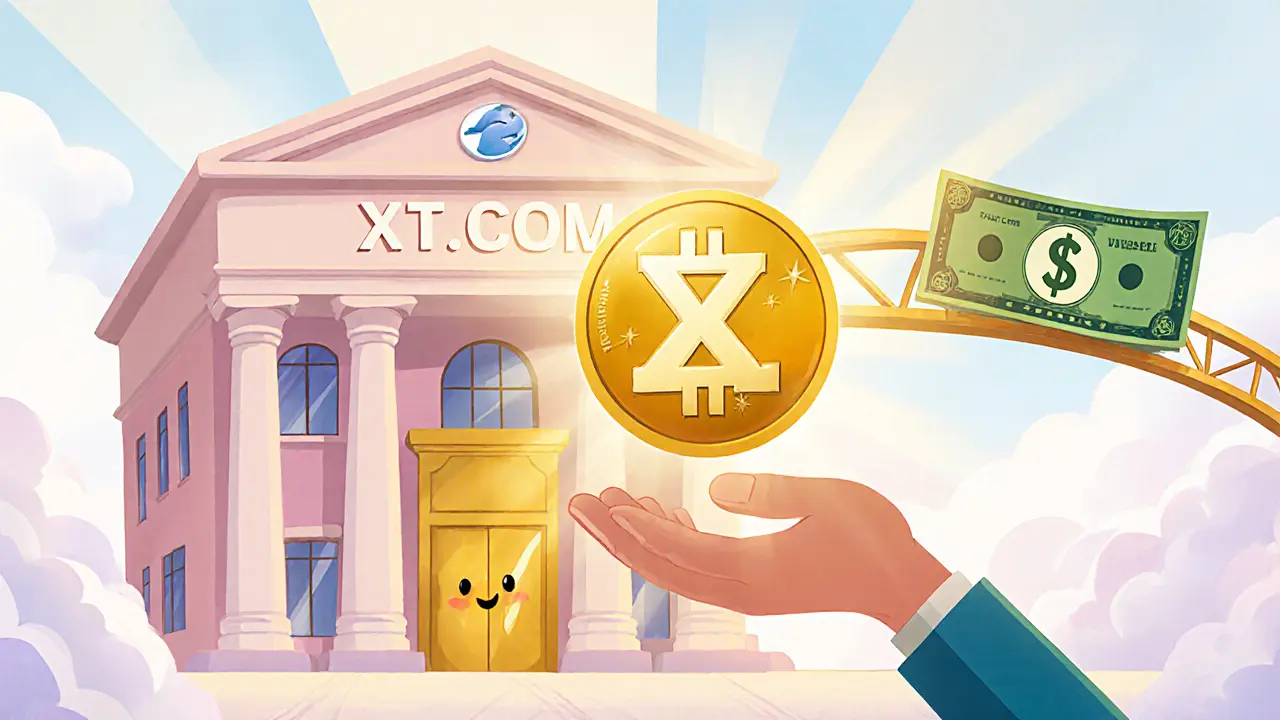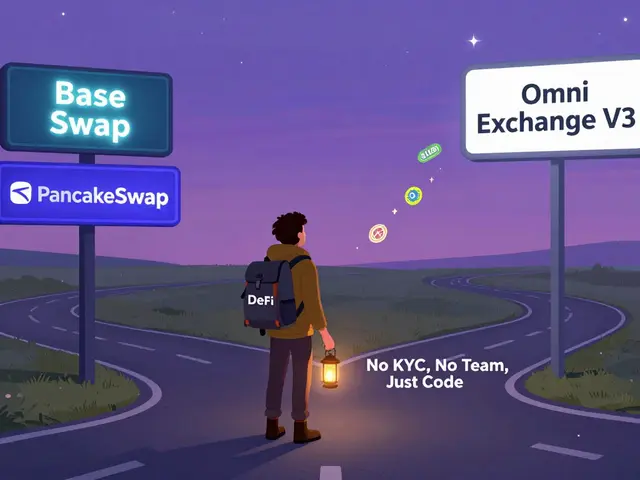XTUSD Risk: A Deep Look at the Stablecoin’s Weak Points
When talking about XTUSD, a USD‑pegged token on Binance Smart Chain designed for cheap, fast transfers. It’s also called XTUSD stablecoin, its main promise is price stability, but that promise hinges on several technical and legal factors.
One of the first things to grasp is that stablecoin, a cryptocurrency whose value is tied to a real‑world asset like the US dollar brings its own set of risks. The peg can break if reserves aren’t managed correctly, if market confidence erodes, or if external shocks hit the broader crypto ecosystem. In the case of XTUSD, the peg relies on a collateral pool that must stay over‑collateralized; any dip in that pool immediately raises the chance of a de‑peg.
Another critical layer is the smart contract, the self‑executing code that issues, redeems and tracks XTUSD balances. A bug or an untested upgrade can open the door to exploits that drain reserves or freeze transfers. Because XTUSD lives on a blockchain that supports rapid contract updates, developers need rigorous audits and a transparent upgrade path. When a smart contract is compromised, the whole stability mechanism collapses, turning a stablecoin into a high‑volatility asset.
Liquidity, Market Depth, and How They Shape XTUSD Risk
Liquidity is the lifeblood of any token. For XTUSD, liquidity, the ability to buy or sell the token without large price swings depends on market makers, exchange listings, and user demand. Low depth on a single exchange can cause slippage, making it costly to convert XTUSD back to cash. When liquidity dries up, arbitrageurs may exploit price gaps, accelerating a peg break. Monitoring order‑book health and diversifying across multiple platforms helps mitigate this specific risk.
The regulatory environment adds another dimension. crypto regulation, laws and guidelines that govern how digital assets are issued, traded and reported can shift overnight. If a jurisdiction classifies XTUSD as a security, the token could face delisting, forced audits, or even legal action against its issuers. Such moves tend to spook holders, triggering mass sell‑offs that strain liquidity and test the smart‑contract safeguards.
On‑chain data offers a real‑time lens into these dynamics. Tracking the reserve ratio, transaction volume, and address concentration gives clues about hidden stress points. When the reserve ratio skews below the safety threshold, or when a handful of wallets control a large share of XTUSD, the probability of a coordinated dump rises. Tools that surface these metrics empower users to spot trouble before it becomes a full‑blown crisis.
All these elements—collateral management, contract integrity, market depth, regulatory stance, and on‑chain signals—interact to form the overall XTUSD risk profile. Understanding each piece lets you evaluate whether the stablecoin fits your portfolio or if you need extra safeguards like diversified holdings or stop‑loss strategies.
Below you’ll find a curated set of articles that dive deeper into each of these topics, from audit checklists to liquidity‑pool comparisons and regulatory updates. Use them as a practical toolbox to assess XTUSD’s health and decide how to protect your assets.
XTUSD Stablecoin Explained: What It Is, How It Works, and Key Risks
Learn what XTUSD stablecoin is, how it works on the XT platform, its market data, risks, and how it compares to major stablecoins like USDT, USDC, and DAI.





